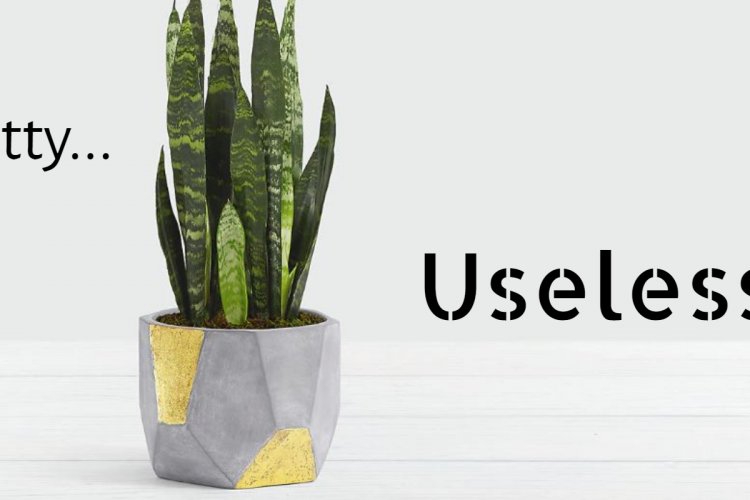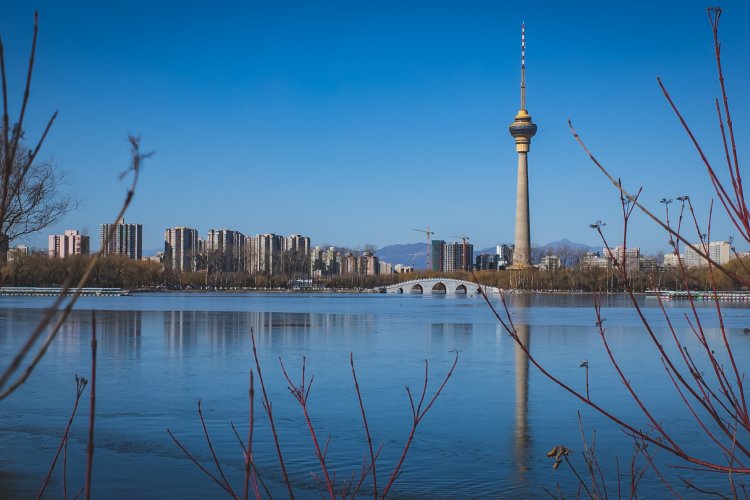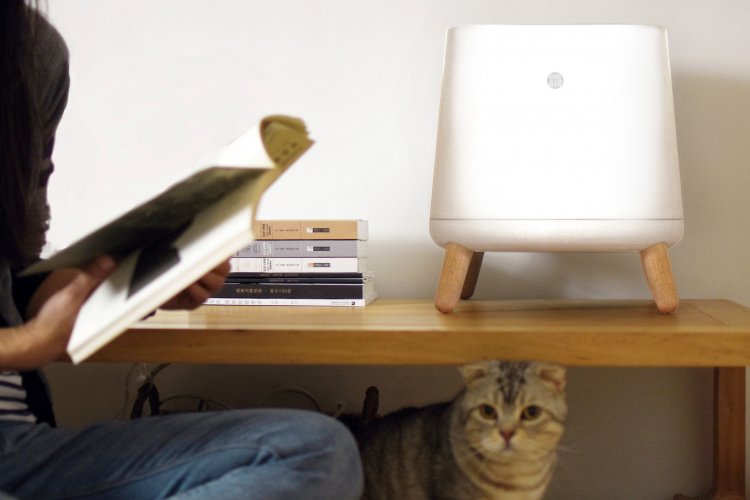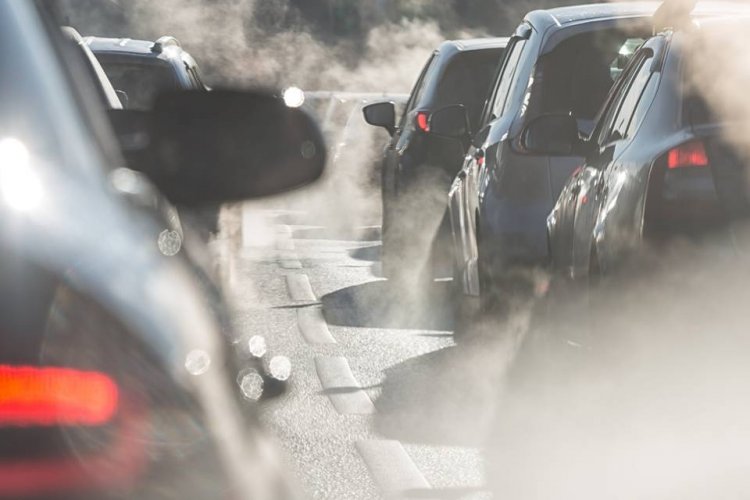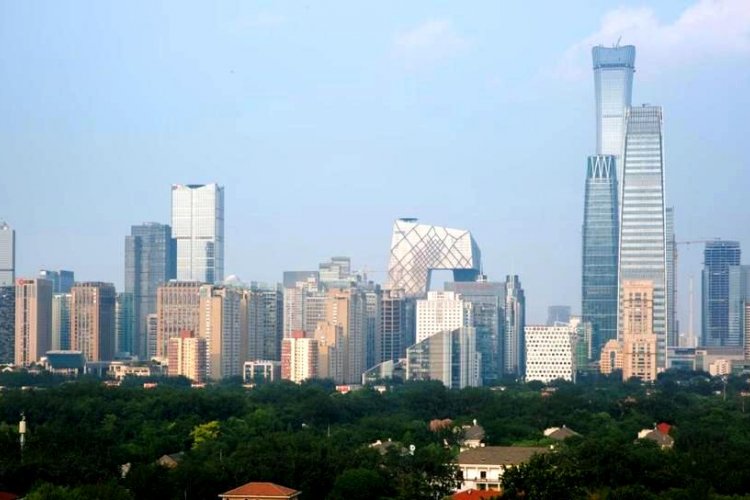Kind of cynic, your article, regarding the AQI these days, don't you think?
I doubt that pollution in 1866 can be compared to the one in the 21st century,
and a sand or dust storm is certainly sth completely different. Modern pollution
can be avoided, by using filters in coal power stations, or by applying
environmental standards in traffic or daily life, for example. It's a matter of political
will and assertiveness. Banning chuan'r- and bbq-shops obviously doesn't help much.
And that has nothing to do with "whining", it's a matter of common sense and quality
of life.


